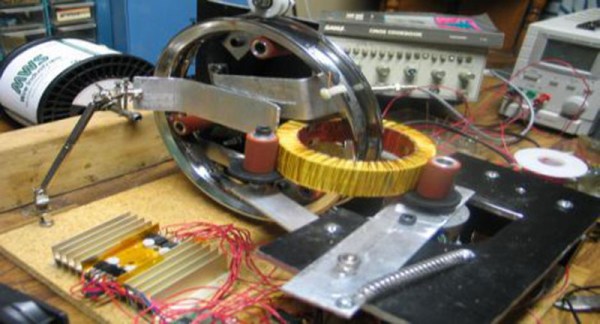[youtube=http://www.youtube.com/watch?v=Zrb58Pcuos0]
[Hunter, Kyle, and Dylan] sent us some information on their Barbie Web Rover. It’s an old barbie power wheels jeep that’s been converted to a web enabled remote control car. They ripped out the old drive train and tore out the steering system. The rear tires are now independently driven for steering. It’s using an Arduino to control the motors and an Acer Aspire loaded with linux for the higher functions. It’s cool that they mention the farthest test being over 1600 miles away, but when it’s web enabled, does distance really matter?
They mention that the coolness factor is proportionate to the size and we have to agree, as long as they keep it small enough to not cause any real damage. You can build a web enabled rover with a little more effort from just a router, if you don’t want to give up your laptop.












